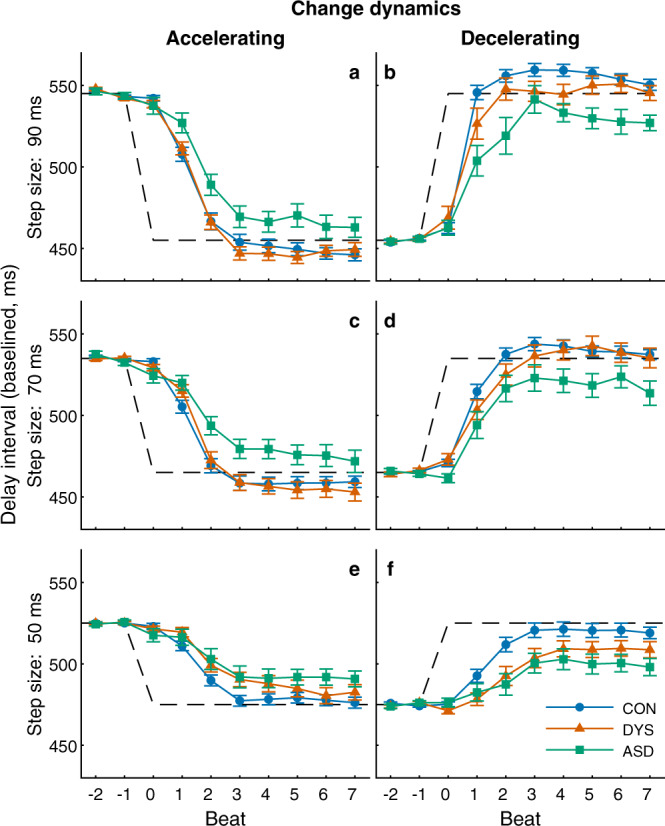Fig. 4. Individuals with autism adapt to changes in tempo only partially, even when changes are very salient.

a, b 90 ms step-size, c, d 70 ms step-size, and e, f 50 ms step-size. In each panel, the x-axis represents the metronome-beat number around the moment of tempo change (beat 0), and the y-axis measures the delay interval in each beat aligned to the pre-change metronome (mean group values, ±SEM; values were calculated by first averaging responses within each participant and then across the group; error bars denote SEM across participants). The dashed lines represent the metronome beat. Changes are quickly corrected, particularly for the larger steps (panels a–d). Reduced updates are seen for the smaller 50 ms step changes (panels e, f), where neurotypicals (CON control) take three–four steps to correct, and individuals with dyslexia (DYS) take longer, perhaps since these steps are less salient. The difficulties of individuals with autism (ASD) are seen in all step changes (including the smallest step-size, panels e, f), and their error is not fully corrected even within seven taps. Each participant tapped through eight-ten accelerations and eight-ten decelerations in each condition. Sample sizes: a, b 90 ms step-size: NCON = 46, NDYS = 31, NASD = 29 for acceleration and NASD = 26 for deceleration. c, d 70 ms step-size: NCON = 47, NDYS = 31, NASD = 29 for acceleration and NASD = 27 for deceleration. e, f 50 ms step-size: NCON = 47, NDYS = 32, NASD = 29 for acceleration and NASD = 25 for deceleration. See Methods for the exclusion criteria. Source data are provided as a Source Data file.
